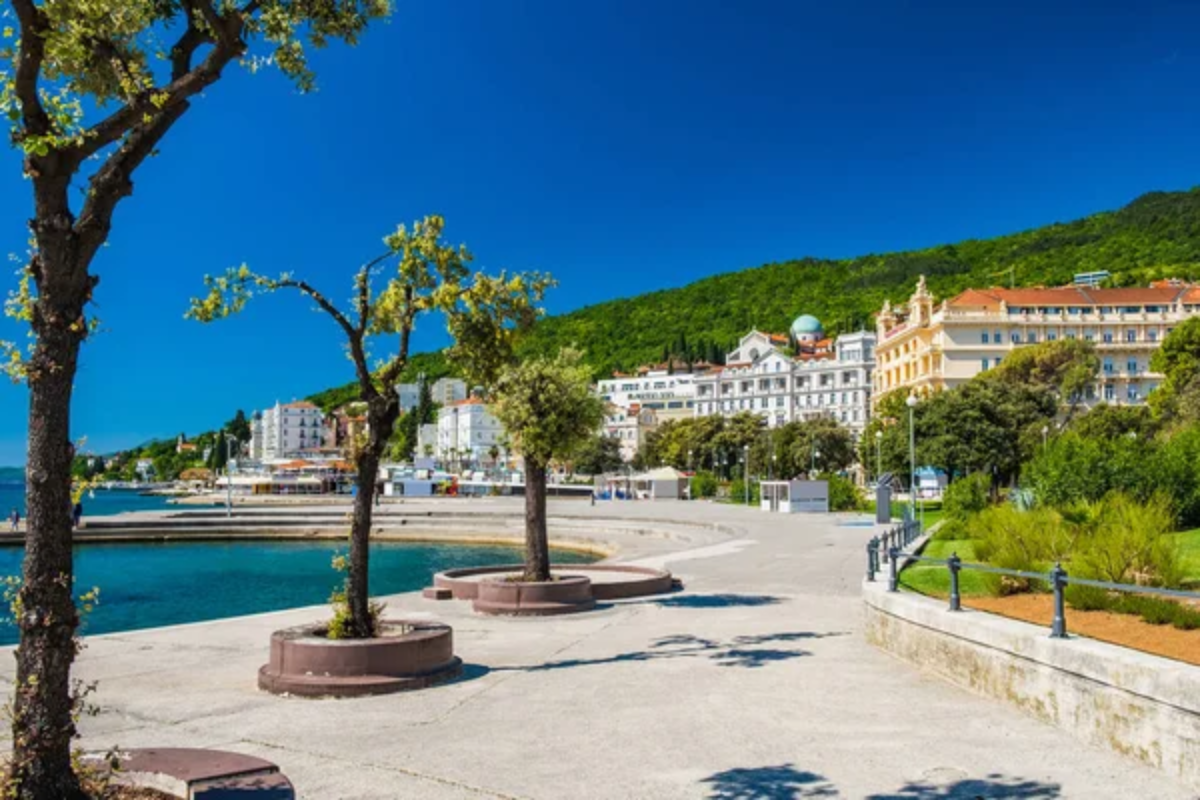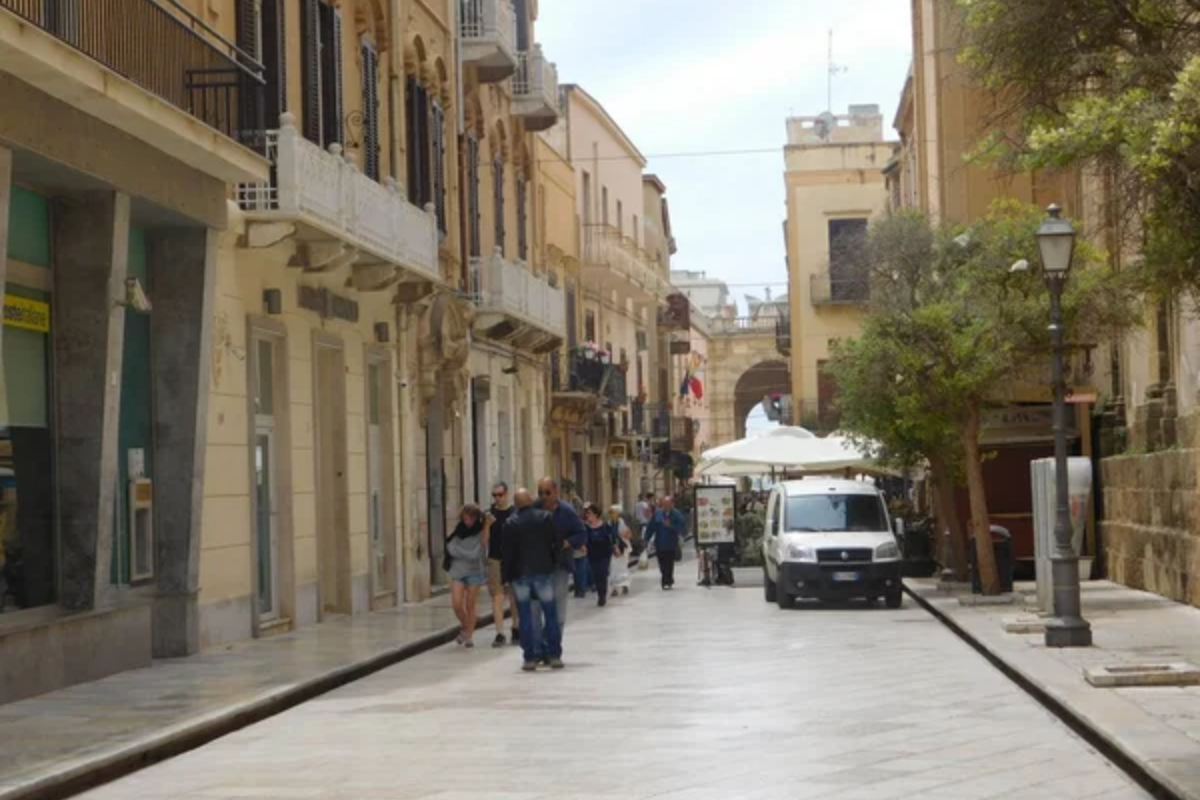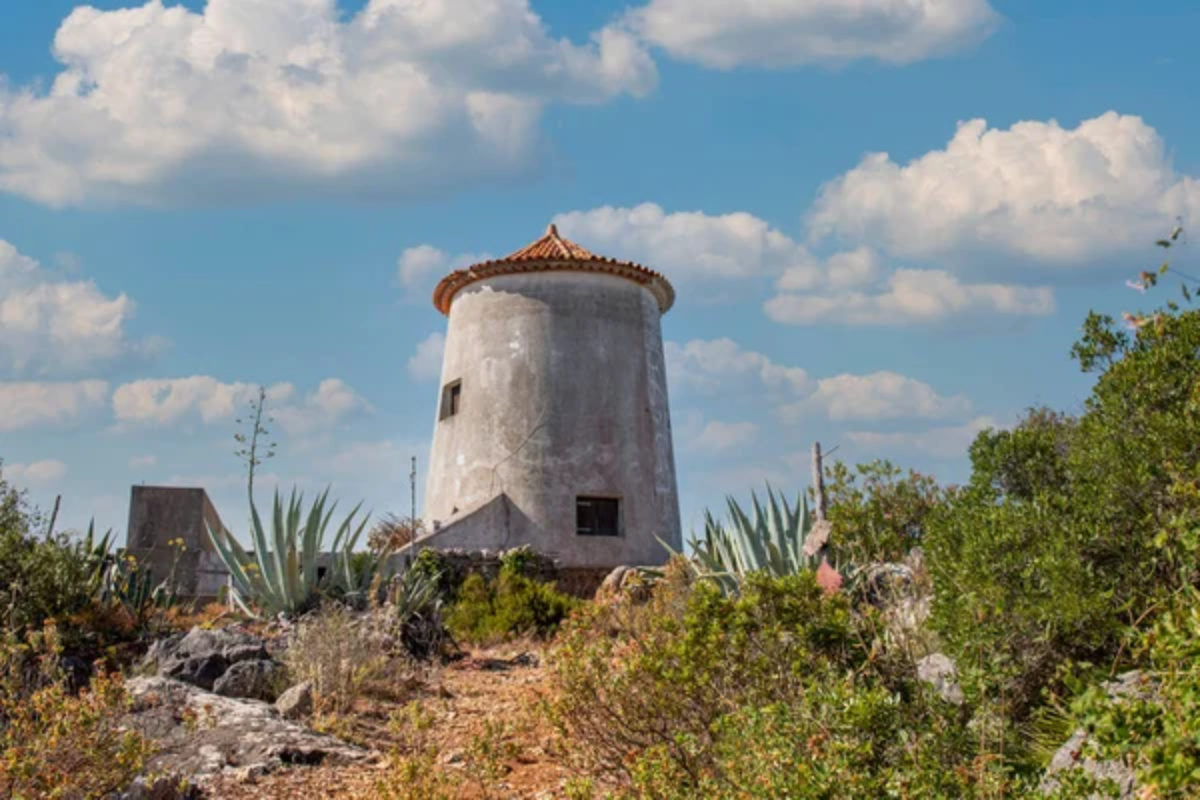The gentle creaking of wooden beams, panoramic views from circular windows, and the unique experience of falling asleep in centuries-old industrial architecture—windmill accommodations offer travelers an unforgettable alternative to conventional hotels. These iconic structures, once vital to European economies, have found new purpose as some of the continent’s most distinctive places to stay.
Here is a list of 15 converted windmills across Europe where you can experience these unique accommodations firsthand.
Old Smock Mill in Kent, England

Standing tall in the rolling countryside of Kent, this beautifully restored 19th-century smock mill retains its original wooden machinery while offering luxurious modern comforts. The massive central shaft remains in place, now serving as a dramatic architectural feature around which the living spaces are arranged.
Original wooden gears and wheels adorn the walls as sculptural elements, preserving the industrial heritage while creating a warm, rustic atmosphere. The bedroom occupies the uppermost level, where sweeping views across the English countryside reward guests who climb the wooden spiral staircase.
Santorini Windmill, Greece

Perched on the caldera edge of Santorini, this whitewashed cylindrical windmill offers a rare combination of historical charm and world-class sunset views. The structure’s thick stone walls keep the interior naturally cool even during the intense Mediterranean summer heat.
Curved interior walls create uniquely shaped rooms that challenge conventional furniture arrangements, forcing a creative approach to the living spaces. The rooftop terrace wraps around what was once the rotating cap of the mill, offering 360-degree views of the island’s dramatic volcanic landscape and the deep blue Aegean Sea.
Like Travel Pug’s content? Follow us on MSN.
Moulin de Sabrier, France

Nestled in the gentle hills of the Dordogne region, this stone windmill dates back to the 16th century and stands as a testament to French rural architecture. The compact interior spaces follow the circular footprint of the structure, with each floor connected by a narrow winding staircase carved into the thickness of the walls.
Stone walls measuring nearly three feet thick maintain steady interior temperatures regardless of outside conditions. The bedroom at the top level features exposed wooden beams converging at the center, creating a stunning visual focal point above the bed.
Ostfriesland Mill, Germany

This traditional German windmill in Lower Saxony features a distinctive “gallery” design with a rotating cap and external platform that once allowed millers to adjust the sails. The renovated interior maintains the building’s industrial character through exposed brick walls and visible structural elements.
Multi-paned windows cut into the thick walls create light-filled nooks perfect for reading or enjoying morning coffee while overlooking the flat northern German landscape. The living area occupies what was once the grain storage floor, with the original wooden hopper system preserved as a decorative element.
Windmill Cottage, Portugal

Along Portugal’s western coast, this smaller stone windmill has been expanded with a complementary addition that respects the original structure while providing additional living space. The cylindrical mill serves as the primary bedroom suite, with new construction housing the kitchen and living areas.
The junction between old and new creates interesting architectural moments where curved walls meet straight ones, resulting in unique spatial experiences. The hillside location captures cooling ocean breezes, honoring the windmill’s original purpose while providing natural climate control for guests.
Like Travel Pug’s content? Follow us on MSN.
Windmill Retreat, Netherlands

In the Dutch countryside outside Amsterdam, this authentic wooden windmill sits surrounded by the canals and fields that made such structures essential to the Netherlands’ development. The accommodation occupies the brick base of the mill, with the wooden upper structure and massive sails remaining operational for demonstration purposes.
Interiors feature traditional Dutch elements, including Delft tiles, wooden beams, and built-in storage compartments that maximize the limited space. The windmill’s original function of water management becomes apparent through educational displays incorporated throughout the living spaces.
Andalusian Molino, Spain

Set against the backdrop of southern Spain’s olive groves, this stone windmill has been in the same family for generations before its thoughtful conversion to a tourist accommodation. The ground floor features unusually thick walls that taper as the structure rises, creating a distinctive silhouette visible for miles across the countryside.
Traditional Spanish tile work and locally made furnishings honor the region’s craft traditions while providing comfortable living spaces. The outdoor areas include stone terraces built into the hillside, offering shaded spots to enjoy the Spanish sunshine and distant views of whitewashed villages.
Kvarner Bay Windmill, Croatia

Overlooking the Adriatic Sea from a Croatian island, this Mediterranean windmill combines stone construction with a distinctive red-tiled conical roof typical of the region. The seaside location provides natural cooling through prevailing winds that once powered the mill and now create perfect sleeping conditions.
Interior spaces feature stone floors and whitewashed walls that reflect traditional building methods while creating a bright, airy atmosphere. The mill’s position on a hillside above the water offers spectacular views and relative privacy, despite being just a short walk from a charming fishing village.
Like Travel Pug’s content? Follow us on MSN.
Crete Stone Tower, Greece

On the eastern edge of Crete, this stone windmill has been converted with respect for its agricultural heritage while introducing subtle modern elements. The tapered cylindrical form houses three separate levels, each serving a different function while maintaining the circular floor plan.
Small windows strategically placed around the structure offer ever-changing views of the Mediterranean landscape as guests move through the space. The roof terrace has been transformed into an outdoor living area where the mill’s cap once rotated, now offering panoramic views perfect for stargazing in the clear Greek night sky.
Nordic Windmill, Denmark

Just outside Copenhagen, this striking white windmill represents the quintessential Danish agricultural monument now repurposed for modern travelers. The distinctive four-sailed design remains intact, though the sails no longer rotate with the wind.
Inside, Scandinavian design principles create bright, minimalist spaces that contrast with the historic exterior. The multi-level interior connects through a central staircase where guests can observe the original milling machinery preserved as an educational feature.
The surrounding gardens include remnants of the mill’s working past, with millstones repurposed as landscape elements.
Kinderdijk Accommodation, Netherlands

Within the UNESCO World Heritage site of Kinderdijk, this working windmill offers guests the rare opportunity to experience life as a Dutch miller while supporting preservation efforts. Unlike most converted mills, this accommodation allows visitors to observe the actual operation of the pumping mechanism during scheduled demonstrations.
The living quarters occupy the miller’s original residence at the base of the structure, maintaining historical accuracy through period-appropriate furnishings and details. The experience includes access to areas normally closed to the public, allowing guests to understand the sophisticated engineering that made these structures essential to Dutch water management.
Like Travel Pug’s content? Follow us on MSN.
Sicilian Stone Mill, Italy

On Sicily’s eastern coast, this robust stone windmill offers views of both Mount Etna and the Mediterranean Sea from its hillside position. The structure’s volcanic stone construction demonstrates traditional building methods specific to this region, with exceptionally thick walls that narrow toward the top.
The renovation preserved the central grinding stones as a coffee table in the main living area, creating a direct connection to the building’s original purpose. The surrounding property includes citrus groves and vineyards that once provided additional income for the mill’s original operators.
Black Forest Windmill, Germany

Deep in Germany’s southwestern forest region, this distinctive windmill features the dark wooden shingles characteristic of local architecture. The interior spaces follow the hexagonal shape of the mill’s base, creating uniquely angled rooms that challenge conventional furniture placement.
Massive wooden beams salvaged during renovation support each level, demonstrating traditional German carpentry techniques. The forest location offers exceptional privacy, with only the sounds of nature disturbing the profound silence that surrounds this remote accommodation.
Algarve Tower Mill, Portugal

Standing sentinel over Portugal’s southern coast, this cylindrical stone windmill has been transformed into a compact yet luxurious retreat. The small footprint necessitated creative space planning, resulting in a vertical arrangement where each floor serves a specific function.
The bedroom occupies the uppermost level, where windows offer 360-degree views of the Atlantic Ocean and surrounding countryside. The renovation added a ground-level terrace wrapped around the mill’s base, expanding the living space outdoors to complement the necessarily compact interior.
Like Travel Pug’s content? Follow us on MSN.
Scottish Highland Mill, Scotland

In the remote Scottish Highlands, this stone windmill stands against a backdrop of dramatic mountains and moors. The restoration preserved the rugged character of the original structure while introducing contemporary comforts that make it suitable for year-round occupation.
The massive stone walls provide excellent insulation against the harsh Highland climate, while a new wood-burning stove serves as both a heat source and visual focal point. The location offers exceptional dark sky viewing opportunities with minimal light pollution, allowing for spectacular stargazing from the mill’s elevated position.
Turning With The Wind

These remarkable windmill accommodations offer more than just a place to sleep—they provide an intimate connection with European agricultural heritage while demonstrating creative approaches to architectural preservation. Each conversion balances historical authenticity with modern comfort, allowing guests to experience these industrial monuments in ways their original builders never imagined.
Whether perched on a Greek island or nestled in the English countryside, these windmill stays create memories that conventional hotels simply cannot match, making them destinations worthy of building an entire European journey around.
More from Travel Pug

- Cities Growing so Fast You Won’t Recognize Them in 10 Years
- 13 Destinations Where Tourists Regularly Regret Their Trip
- 20 Obscure WWII Sites Even History Buffs Don’t Know About
- 10 Under-the-Radar Mountain Towns That Are Both Affordable and Beautiful
- Remote Villages in Europe Where You Can Live for Free in Exchange for Work
Like Travel Pug’s content? Follow us on MSN.
